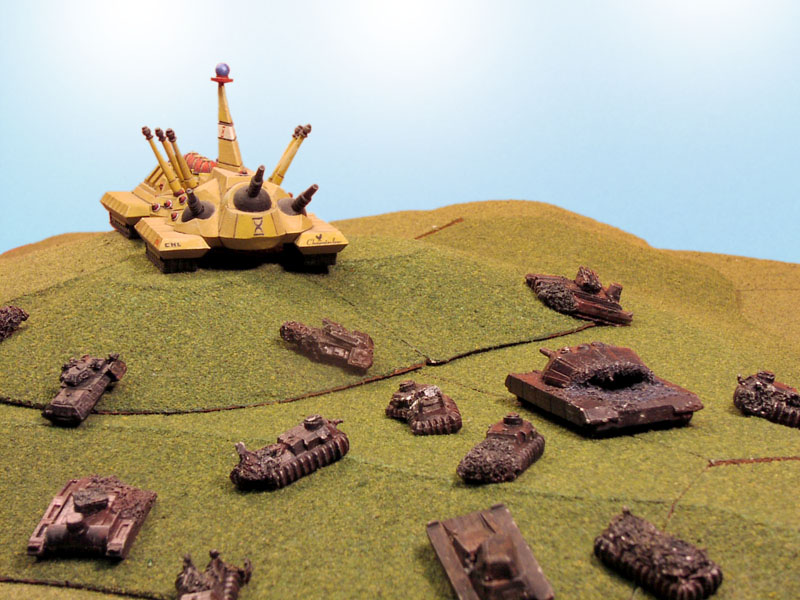- Reaction score
- 7,289
- Points
- 1,160
ARMY SAYS NO TO MORE TANKS, BUT CONGRESS INSISTS
Really interesting final paragraph:
The article describes all of the built in inertia, the myriad ways in which the Abrams is tied into the fabric of the US with many small businesses dependent on its continuation.
That got me thinking about all these efforts to build "replacement" systems that are designed to replace "capabilities" with the best available solutions and end up looking exactly like the thing they were replacing but cost ten times as much. The article drills home the mountain of earth that needs to be moved to permit innovation.
Here's a question - if the tank hadn't been invented in 1915 as a siege-breaking mantlet, powered by the new-fangled internal combustion engine and designed to supply cover to field guns and machine guns so that they could be brought in range of the defenders - just as the original mantlets and pavises covered ballistas and cross-bows - if the tank hadn't been invented for past wars, would it be invented for modern wars?
Second question - if the tank and its support system disappeared for 20 years - and circumstances demanded that a new siege-breaker be developed from scratch what would it look like?
Third question - does the answer to the second question really matter? Or should we just cross that bridge when we come to it?
For roughly 100 years the RN fought and won its battles with Three-Decker battleships. Eventually somebody decreed they were the wrong ships for the world the RN was facing. They were set aside and the RN entered into 100 years of experimentation - eventually leading the world to coal and diesel fired steel ships with turreted, rifled cannons, electricity, radios and computers - all by 1914. When the Three-Deckers were moth-balled in 1814-1830 does anyone believe that anyone living at that time could have predicted Jellicoe's fleet?
Really interesting final paragraph:
"From the fairly insular world in which the defense industry operates, these capabilities seem to be unique and in many cases extraordinarily high art," said Grundman, a former deputy undersecretary of defense for industrial affairs and installations during the Clinton administration. "But in the greater scope of the economy, they tend not to be."
The article describes all of the built in inertia, the myriad ways in which the Abrams is tied into the fabric of the US with many small businesses dependent on its continuation.
That got me thinking about all these efforts to build "replacement" systems that are designed to replace "capabilities" with the best available solutions and end up looking exactly like the thing they were replacing but cost ten times as much. The article drills home the mountain of earth that needs to be moved to permit innovation.
Here's a question - if the tank hadn't been invented in 1915 as a siege-breaking mantlet, powered by the new-fangled internal combustion engine and designed to supply cover to field guns and machine guns so that they could be brought in range of the defenders - just as the original mantlets and pavises covered ballistas and cross-bows - if the tank hadn't been invented for past wars, would it be invented for modern wars?
Second question - if the tank and its support system disappeared for 20 years - and circumstances demanded that a new siege-breaker be developed from scratch what would it look like?
Third question - does the answer to the second question really matter? Or should we just cross that bridge when we come to it?
For roughly 100 years the RN fought and won its battles with Three-Decker battleships. Eventually somebody decreed they were the wrong ships for the world the RN was facing. They were set aside and the RN entered into 100 years of experimentation - eventually leading the world to coal and diesel fired steel ships with turreted, rifled cannons, electricity, radios and computers - all by 1914. When the Three-Deckers were moth-balled in 1814-1830 does anyone believe that anyone living at that time could have predicted Jellicoe's fleet?


